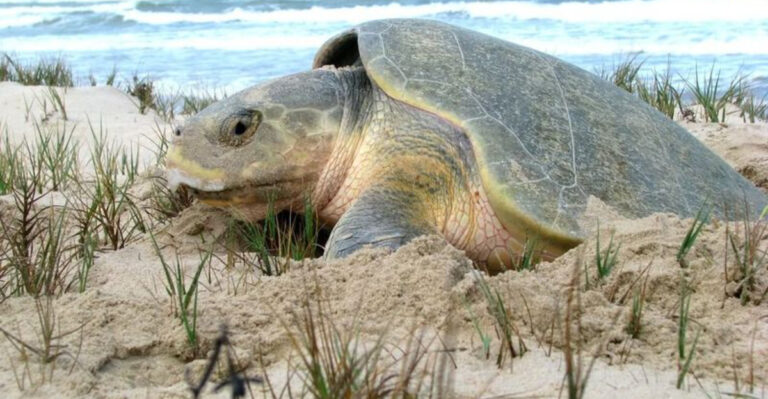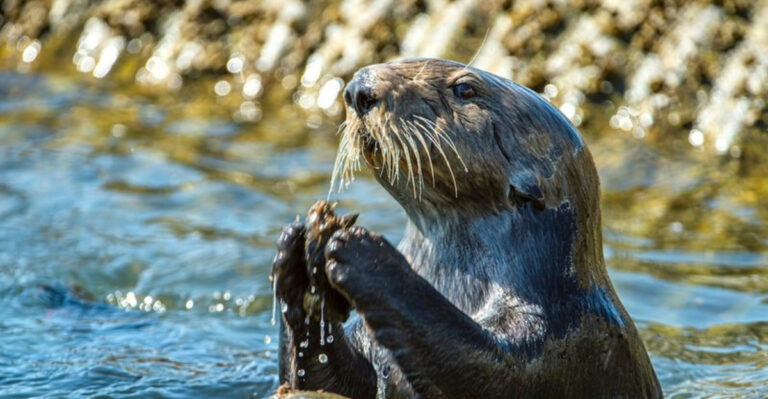Watch Out! 14 Dangerous Sea Creatures You Could Meet At The Beach
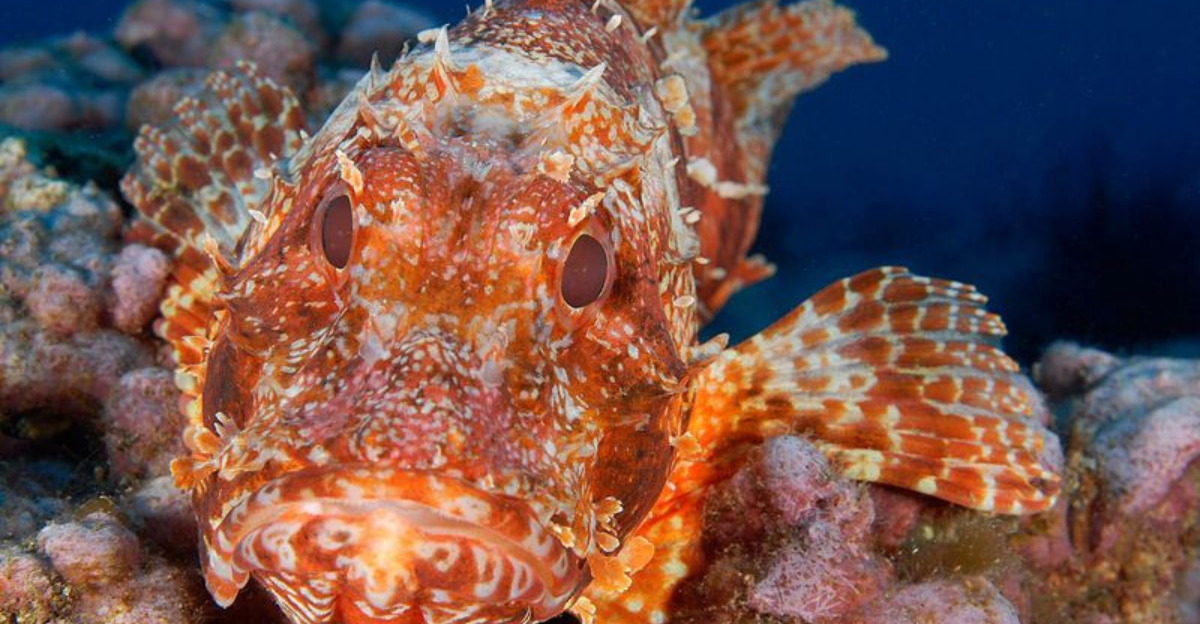
The beach might seem like a serene escape, but lurking beneath the waves are some formidable sea creatures.
While many are fascinating, some possess dangerous defenses. This guide will introduce you to such creatures, highlighting their unique characteristics and why you should be cautious.
1. Sea Urchins
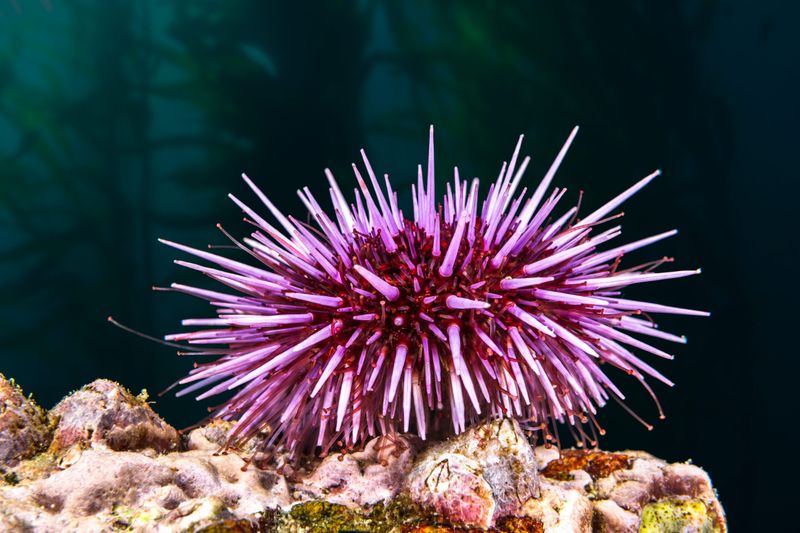
Sea urchins are the beach’s spiky little surprises, hidden in tide pools and rocky crevices.
Although they look harmless from afar, their sharp spines can penetrate the skin with ease. If you accidentally step on one, it can cause swelling and potential infection.
Keep your footwear on when exploring rocky shores or wading through shallow waters. Their silent presence is a reminder that the ocean floor isn’t always as friendly as it seems.
2. Lionfish
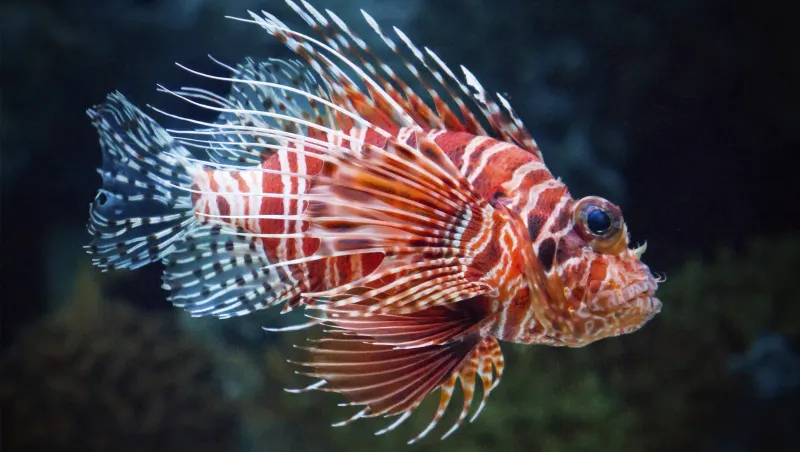
A lionfish is the ocean’s beautiful yet dangerous marvel, with flowing fins and striking stripes.
These predators are native to the Indo-Pacific, now spreading in the Atlantic, causing ecological disruptions. Those gorgeous spines are venomous, capable of delivering a painful sting.
If you spot one, admire from a distance, as their sting can cause nausea, dizziness, and pain. They remind us that beauty in nature often comes with a warning label attached.
3. Stonefish
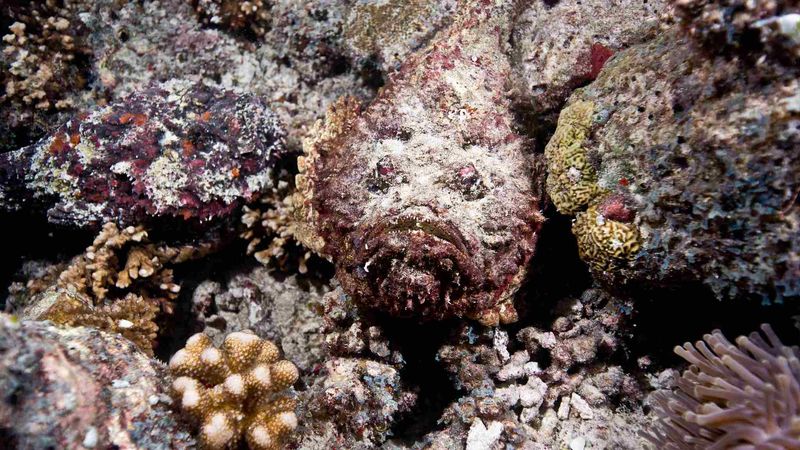
Masters of disguise, stonefish lie in wait on the ocean floor, blending perfectly with their rocky habitat. Step too close, and their venomous spines can deliver pain, swelling, and even paralysis.
Found in the Indo-Pacific, these stealthy fish teach a valuable lesson about watching where you step. Their lethargic appearance belies their dangerous nature, a testament to nature’s trickery.
Always be cautious when wading in unfamiliar waters.
4. Electric Eel
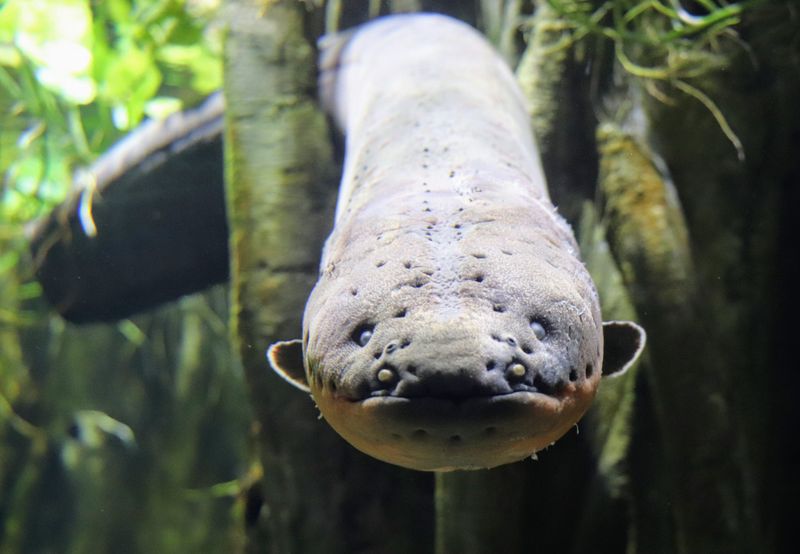
The electric eel isn’t actually an eel, but it can deliver a shocking surprise in South American waters.
Utilizing special organs, it generates electricity to stun prey or deter threats, even causing fatalities in rare cases.
While it’s a fascinating creature, it’s wise to admire it from a safe distance. Observing its unique abilities reminds us of the ocean’s incredible biodiversity and the unexpected ways animals have adapted to survive.
5. Pufferfish
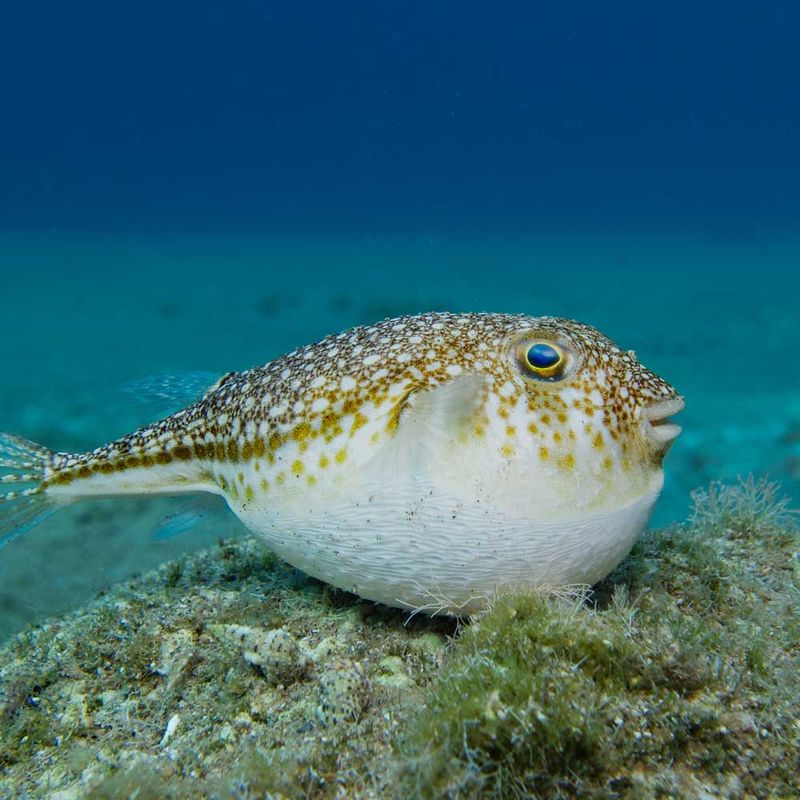
The pufferfish is the ocean’s adorable yet deadly balloon, often depicted in cartoons.
When threatened, it inflates to deter predators, but its real defense is the toxin tetrodotoxin. This potent poison is more dangerous than cyanide, found in their organs.
While they’re a delicacy in some cultures, preparation by skilled chefs is essential to avoid poisoning. Their dual nature of cuteness and lethality serves as a reminder to respect all ocean creatures.
6. Portuguese Man O’ War
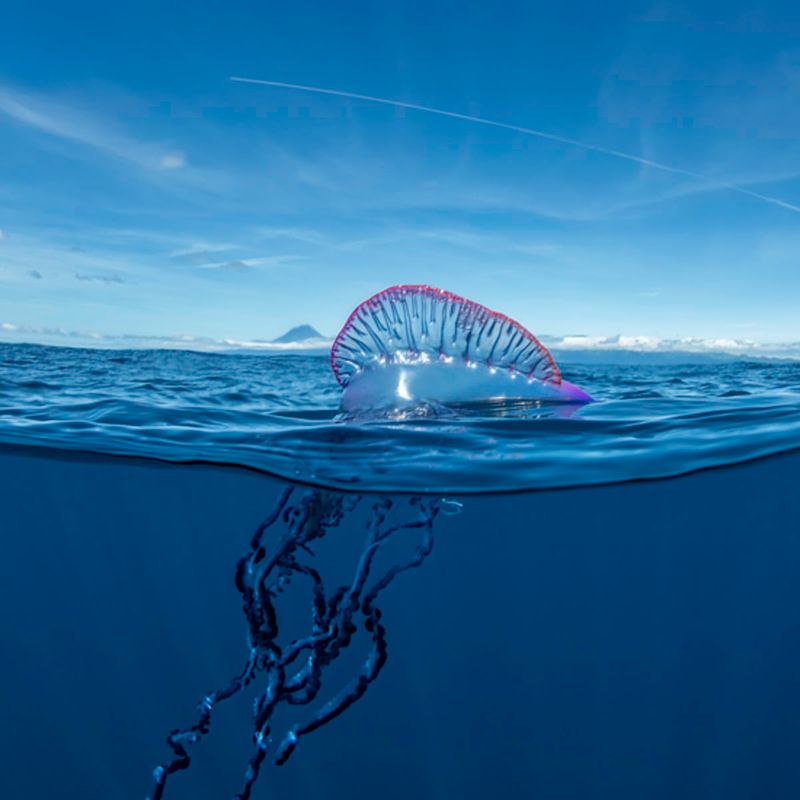
Despite resembling a jellyfish, the Portuguese Man O’ War is a siphonophore, floating with a balloon-like bladder.
Its long tentacles contain venom that can cause painful stings, allergic reactions, or even heart issues. Found in the Atlantic, it’s best to steer clear if you spot one bobbing on the surface.
Often invisible until it’s too late, their presence warns beachgoers to be vigilant. Their beauty is deceptive, masking a potentially painful encounter.
7. Moray Eels
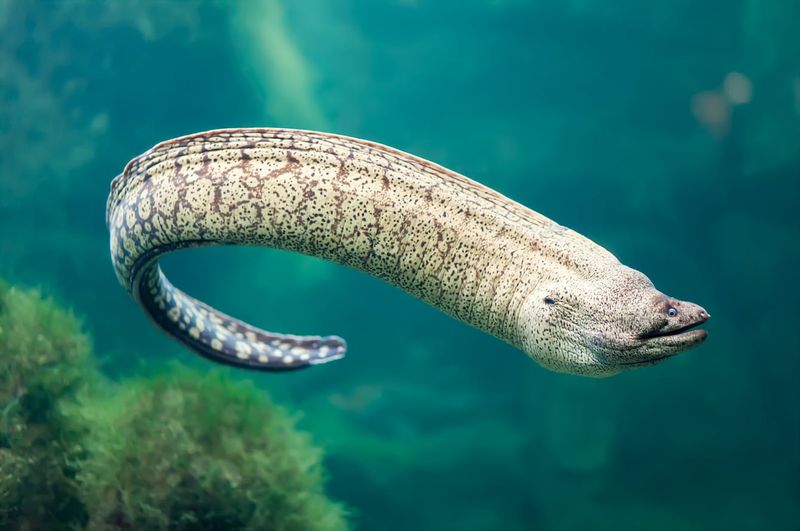
Moray eels, with their serpentine bodies and sharp teeth, lurk in crevices along coral reefs. While not aggressive, they can deliver a bite if provoked or threatened.
Bites can lead to deep wounds and infections, so keeping a respectful distance is wise. Found worldwide in tropical and subtropical waters, these eels are essential to marine ecosystems.
Their cautious presence serves as a reminder to be mindful around coral reefs.
8. Barracuda
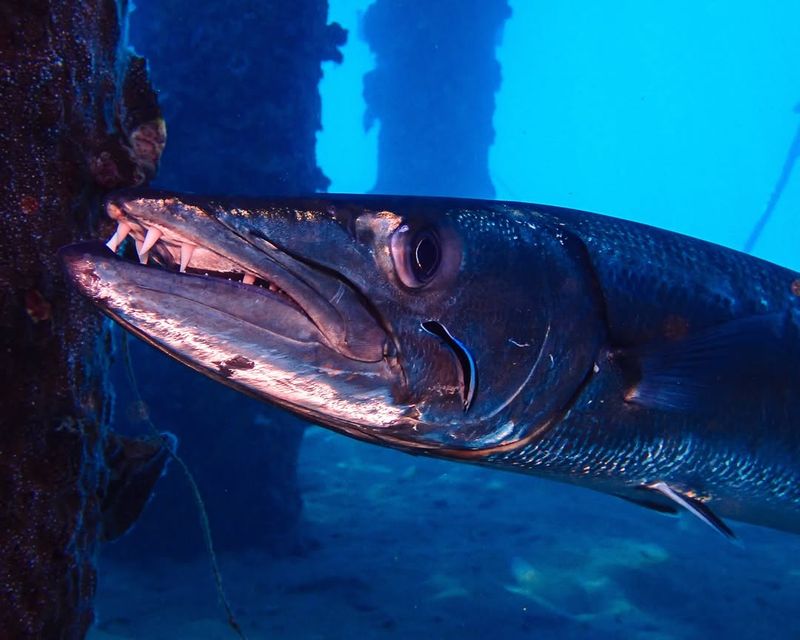
Barracudas are the ocean’s torpedoes, known for their speed and sharp teeth. Often curious, they can mistake shiny objects for prey, leading to accidental bites.
While attacks on humans are rare, their intimidating presence can be unnerving. Found in tropical and subtropical oceans, they usually pose little threat unless provoked.
With their predator status, they maintain the balance in marine food chains, reminding divers and swimmers to stay calm and avoid flashy jewelry.
9. Sharks
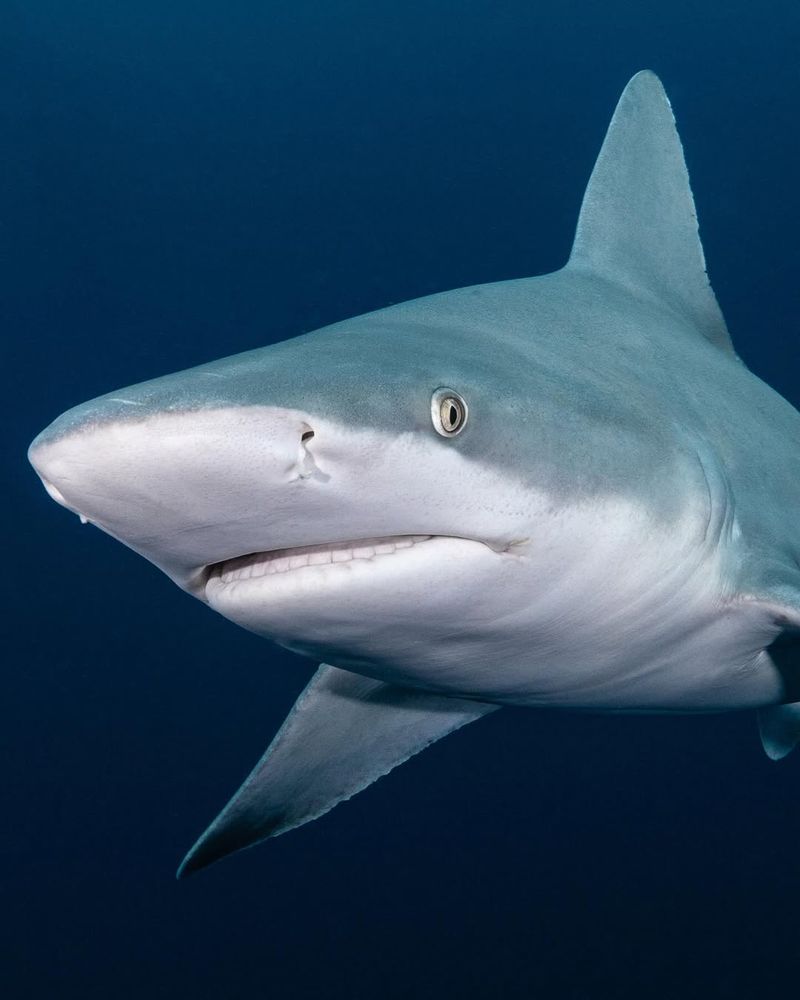
Few sea creatures evoke as much intrigue as sharks, the ocean’s apex predators. Although rare, attacks can happen if they mistake humans for prey.
Most sharks are harmless, like the gentle whale shark. However, species like great whites deserve respect and distance.
When swimming or diving, it’s wise to avoid areas with known shark activity.
They are crucial to marine ecosystems, controlling populations of other species, and their presence is a testament to the ocean’s wild beauty.
10. Crocodile Fish
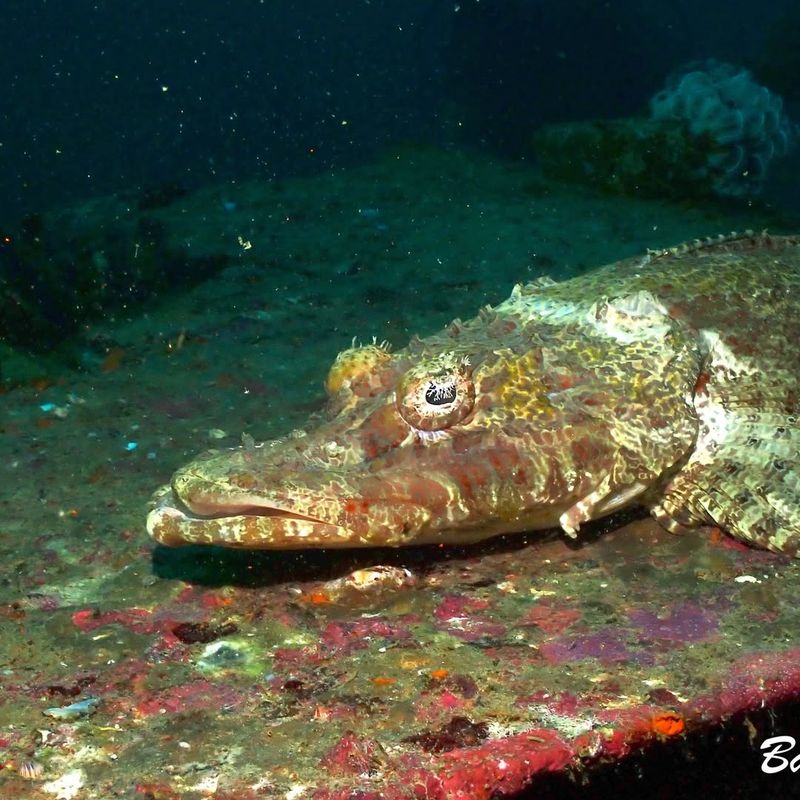
With eyes like a crocodile’s, the crocodile fish blends seamlessly into its sandy surroundings. Found in the Indo-Pacific, their venomous spines can cause painful stings if disturbed.
While generally docile, they prefer the ocean floor’s quiet life. Their camouflage doesn’t just protect them; it warns us to tread lightly.
They highlight the ocean’s intricate web of life, where each creature plays a crucial role. Observing their beauty requires a keen eye and respect for their habitat.
11. Blue-Ringed Octopus
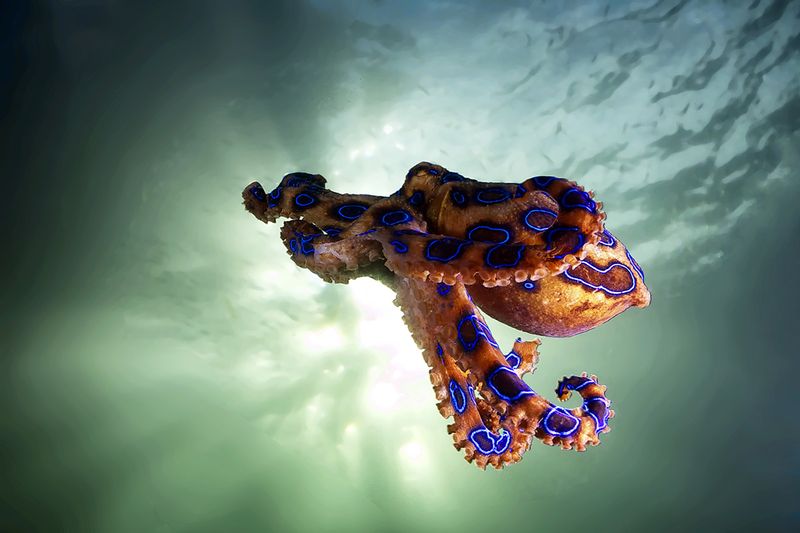
Small yet mighty, the blue-ringed octopus is a master of aquatic beauty and danger. Its vivid blue rings are a warning of its potent venom, capable of causing paralysis and even death.
Found in the Pacific and Indian Oceans, they are best admired from a distance. Despite their size, they teach us that power can come in small packages.
They exemplify the need for cautious observation and respect in the wild.
12. Scorpion Fish
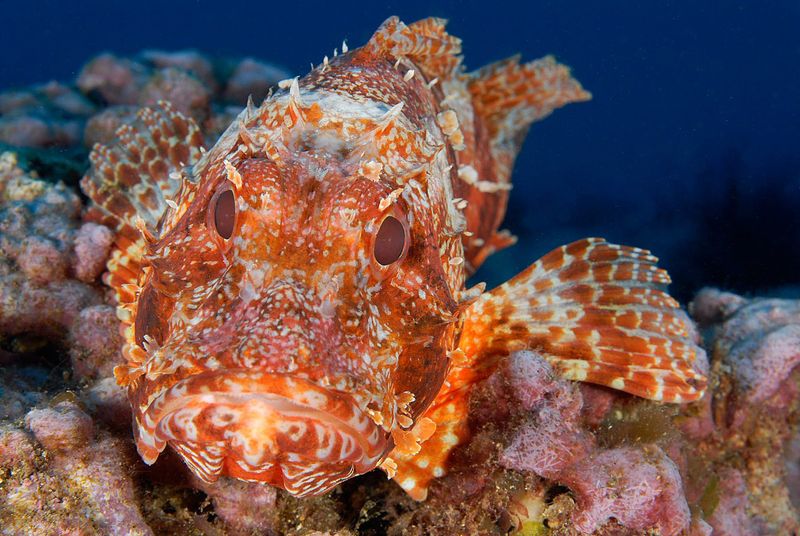
Scorpion fish are the masters of disguise, lurking among rocks with venomous spines ready to defend.
Found in tropical waters, their camouflage is effective, making them easy to step on. Their sting causes pain and swelling, a reminder to be cautious.
Observing them requires patience and care, as their presence is subtle. They illustrate the ocean’s hidden dangers, urging awareness and respect for all marine life.
13. Cone Snail
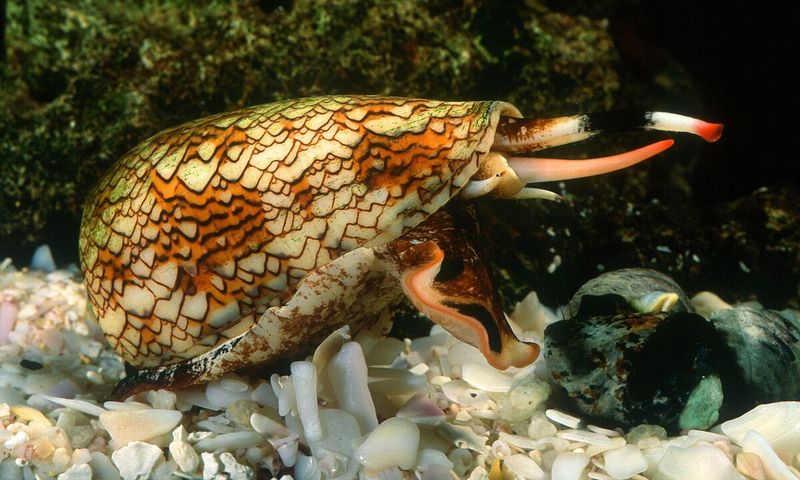
The cone snail, with its attractive shell, harbors a deadly secret.
Hiding a harpoon-like tooth, it can inject venom capable of serious harm or death. Found in warm seas, they’re collectors’ favorites but handling them is risky.
Their beauty is a double-edged sword, offering a visual feast and a potent warning. They symbolize the ocean’s dual nature of allure and danger, and remind us to appreciate marine life from a safe distance.
14. Box Jellyfish
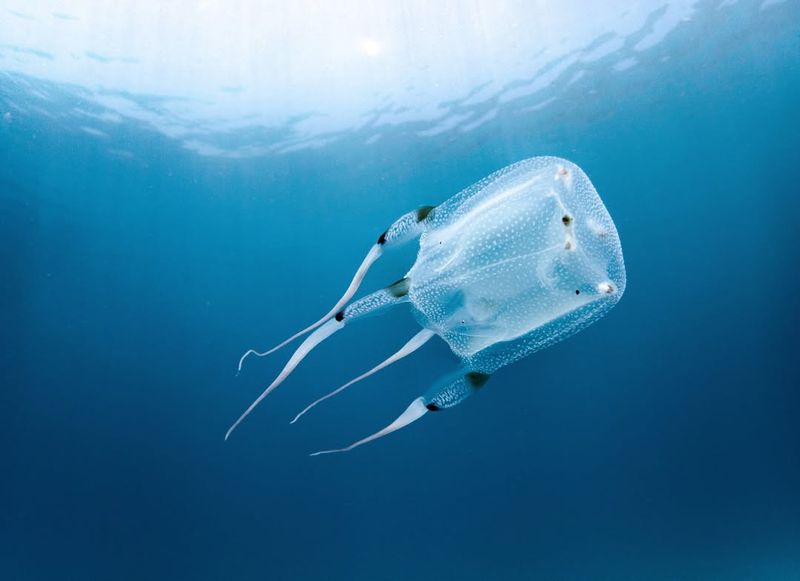
The box jellyfish is one of the ocean’s most venomous inhabitants, with a sting that can cause heart failure in minutes.
Found in the Indo-Pacific, it’s nearly invisible in water, making encounters particularly dangerous. Beachgoers should heed warnings in areas known for their presence.
Their gentle appearance is deceptive, housing potent toxins. They remind us of the ocean’s power and the need to respect its inhabitants. Always carry vinegar as a first aid measure for stings.



